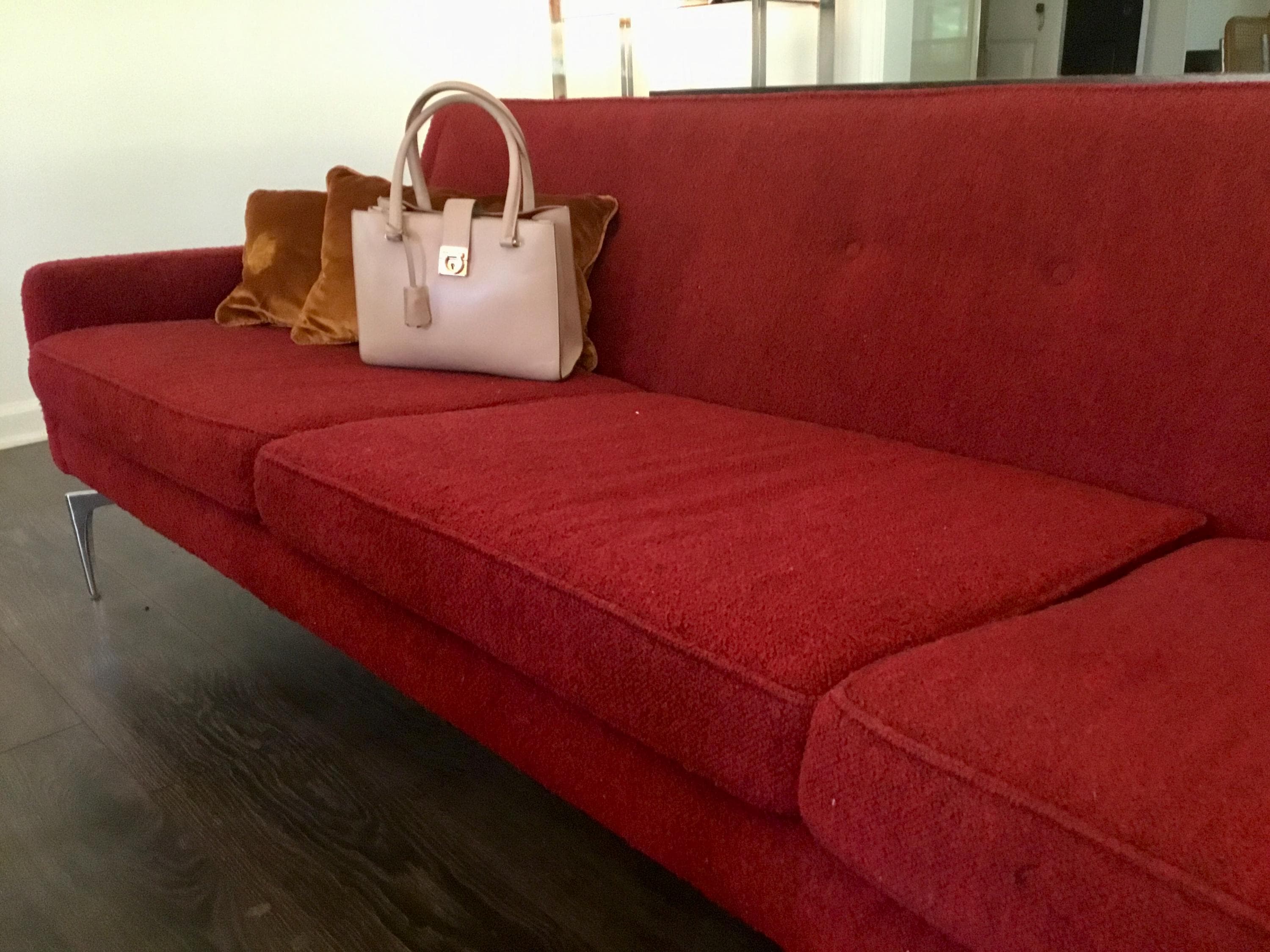By David Braselton
The global home decor landscape is undergoing a dramatic shift, and the star of this transformation is undeniably vintage and second-hand decor. Far from a passing fad, this market is poised for significant growth, driven by powerful shifts in consumer values, global economics, and, perhaps surprisingly, technology.
A Growing Market: The Next Five Years
The data is clear: the market for pre-owned goods is booming. The global second-hand homeware market was valued at approximately $29.9 billion in 2024 and is projected to reach over $50.9 billion by 2034, with a compound annual growth rate (CAGR) of about 5.5% over the next decade. Similarly, the broader Vintage and Retro Goods Market is forecast to nearly double from a $75 billion valuation in 2024 to $150 billion by 2032 (a 10% CAGR). This accelerated growth means vintage decor isn't just surviving—it's becoming a mainstream choice.
Key Forces Driving the Vintage Boom
The surge in demand is fueled by a convergence of powerful factors, many of which work to the inherent advantage of pre-owned goods:
- The Environmental Imperative: For younger buyers, particularly Gen Z and Millennials, sustainability is a core purchasing driver. Choosing vintage is the ultimate form of recycling, aligning with a desire for mindful consumption and reducing the environmental footprint associated with new, mass-produced furniture.
- The Tariff Advantage: Global trade disruptions and the application of tariffs on new imported goods (including furniture and certain antique classifications) have driven up prices and increased lead times for new items. In contrast, domestic vintage pieces are tariff-free, making them a more affordable, readily available, and stable option for both consumers and interior designers.
- The Quest for Authenticity and Storytelling: In a world saturated with identical, mass-market products, consumers crave unique pieces with character and history. Vintage items, from a Mid-Century Modern credenza to a unique Art Deco lamp, offer a sense of individuality and emotional connection that factory-made furniture cannot replicate.
Technology: The Independent Dealer’s Secret Weapon
The rise of large online resale platforms might suggest market consolidation, but the same digital tools that enable scale are also leveling the playing field for independent vintage businesses. Technology is not a threat; it's a tool for competitive advantage.
Enhanced Customer Service and Value-Add: Independent dealers can leverage technology to offer a bespoke shopping experience that large-scale platforms can't match.
- Augmented Reality (AR): Using simple AR tools, small businesses can let customers virtually "place" a vintage item—a sofa, a rug, a lamp—into their own home before buying, eliminating the primary pain point of online furniture shopping.
- Detailed Storytelling: Simple digital tools allow dealers to easily document and share the provenance(history) of each piece, transforming a simple sale into a high-value, emotional purchase.
- Seamless Communication: Business management tools allow independent sellers to streamline administrative tasks, freeing up time to focus on personalized client communication and sourcing.
Early Trend Identification: Social media channels like Pinterest and Instagram, along with data-driven search trends, are powerful tools for the small business owner. By closely monitoring what styles are trending (e.g., the resurgence of 1970s aesthetics, Art Deco, or specific mid-century pieces), independent curators can pivot their sourcing strategies faster than their large, corporate counterparts, ensuring their inventory is always fresh and desirable.
Workflow Simplification: Technology, including cloud-based inventory management, digital invoicing, and user-friendly e-commerce platforms, drastically reduces overhead. This newfound efficiency allows small dealers to dedicate their resources to their core competency: curating unique, high-quality, and authentic vintage treasures.
The future of home decor is unequivocally vintage. By embracing the digital tools now available, independent businesses can harness the tailwinds of sustainability and shifting consumer demand to not only survive but thrive in the next decade.
Buy Vintage. Shop for a better future!
